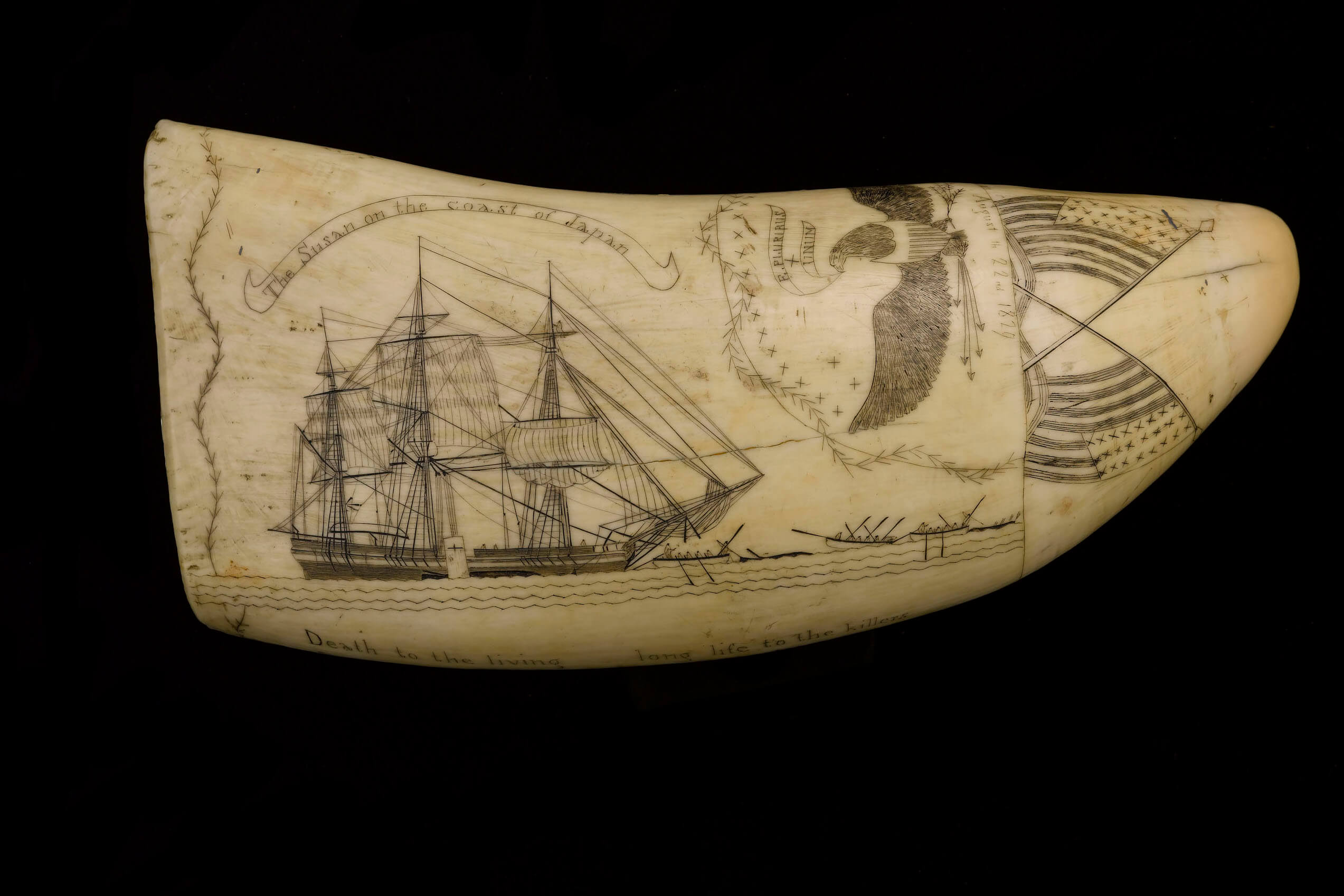
Scrimshaw is an art form that involves carving or engraving on bones or ivory, often created by sailors during long sea voyages. But what exactly is scrimshaw, and why is it so fascinating? This intricate craft dates back to the early 19th century, primarily associated with whalers who used the byproducts of their hunts to pass the time. The designs range from simple geometric patterns to detailed scenes of ships, whales, and daily life at sea. Scrimshaw pieces are not just beautiful; they are historical artifacts that offer a glimpse into the lives of sailors and the maritime culture of the past. Whether you're a history buff, an art lover, or just curious, these 27 facts about scrimshaw will captivate your imagination and deepen your appreciation for this unique art form.
What is Scrimshaw?
Scrimshaw is a unique art form that involves carving or engraving on bones or ivory. Originating from the whaling industry, it has a rich history and fascinating details.
- Scrimshaw art typically uses whale teeth, bones, or walrus tusks as canvases.
- The practice began in the late 18th century among sailors on whaling ships.
- Artists often used simple tools like needles and small knives for their intricate designs.
- Common themes include nautical scenes, ships, and marine life.
- Ink or soot was rubbed into the carvings to make the designs stand out.
Historical Significance of Scrimshaw
Scrimshaw holds a special place in maritime history. It reflects the lives and experiences of sailors during long voyages.
- The term "scrimshaw" is believed to come from the Dutch word "schrimshander," meaning a small, worthless object.
- Sailors created scrimshaw to pass the time during long, monotonous whaling trips.
- Scrimshaw pieces often served as gifts for loved ones back home.
- Some scrimshaw items were functional, like tools or utensils, while others were purely decorative.
- The art form provides valuable insights into the daily lives and cultures of 19th-century sailors.
Techniques and Tools Used in Scrimshaw
Creating scrimshaw requires skill and patience. The techniques and tools used are simple yet effective.
- Artists used needles, small knives, and even sail-making tools for carving.
- Ink, soot, or other pigments were applied to the carvings to highlight the designs.
- Some scrimshaw pieces were polished with sharkskin to achieve a smooth finish.
- The process often involved multiple stages of carving, inking, and polishing.
- Modern scrimshaw artists sometimes use power tools, but traditional methods remain popular.
Types of Scrimshaw Art
Scrimshaw comes in various forms, each with its own unique characteristics and appeal.
- Whale teeth scrimshaw: These are the most iconic and sought-after pieces.
- Bone scrimshaw: Often made from whale bones, these pieces can be larger and more detailed.
- Walrus tusk scrimshaw: Known for its fine grain and durability, walrus tusk is a favorite among artists.
- Ivory scrimshaw: Elephant or mammoth ivory is sometimes used, though it is less common due to legal restrictions.
- Functional scrimshaw: Items like tools, utensils, and jewelry that serve a practical purpose.
Modern Scrimshaw and Its Evolution
While scrimshaw's roots are in the past, the art form continues to evolve and thrive today.
- Modern scrimshaw artists often use synthetic materials like resin or acrylic.
- Contemporary designs may include a wider range of subjects, from wildlife to abstract patterns.
- Some artists experiment with color, adding vibrant hues to their pieces.
- Scrimshaw remains a popular collectible, with antique pieces fetching high prices at auctions.
- The art form has inspired a community of enthusiasts who share techniques and showcase their work online.
Legal and Ethical Considerations
Scrimshaw's use of ivory and bone raises important legal and ethical questions.
- The sale of new ivory scrimshaw is heavily regulated to protect endangered species.
- Many artists now use alternative materials to avoid contributing to the ivory trade.
The Last Word on Scrimshaw
Scrimshaw, with its rich history and intricate artistry, offers a fascinating glimpse into maritime culture. From its origins among whalers to its status as a collectible art form, scrimshaw has evolved while retaining its unique charm. The detailed carvings on whale teeth, bones, and ivory tell stories of adventure, hardship, and creativity. Whether you're a history buff, an art enthusiast, or just curious, scrimshaw provides a captivating subject to explore. Remember, genuine pieces are rare and valuable, so if you're looking to start a collection, do your homework. This art form not only preserves a piece of nautical history but also showcases the incredible skill and imagination of its creators. So next time you see a piece of scrimshaw, take a moment to appreciate the craftsmanship and the stories etched into every line.
Was this page helpful?
Our commitment to delivering trustworthy and engaging content is at the heart of what we do. Each fact on our site is contributed by real users like you, bringing a wealth of diverse insights and information. To ensure the highest standards of accuracy and reliability, our dedicated editors meticulously review each submission. This process guarantees that the facts we share are not only fascinating but also credible. Trust in our commitment to quality and authenticity as you explore and learn with us.
